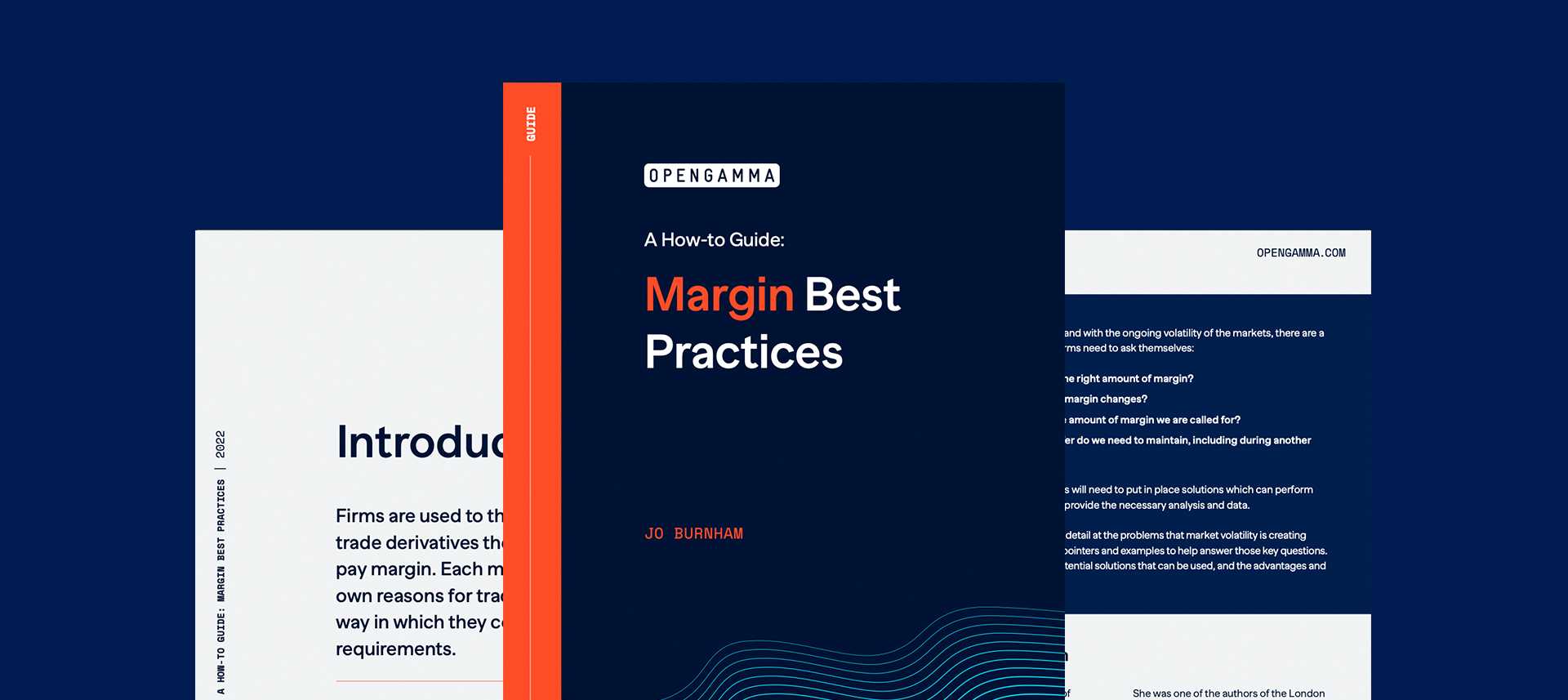Should You Pay In the Single Currency Or the Local Currency
To assist firms, most brokers will offer Single Currency Margining – allowing all payments to be made in one currency of choice.
For the majority of exchange traded derivatives, both Initial and Variation Margin are calculated in the currency of the contract. The position is slightly different for OTC Cleared contracts, where the Variation Margin is in the currency of the trade, but the initial margin is in a single currency. However, whichever markets you trade there is still the issue of how to pay this margin. Depending on the range of products there could be liabilities in multiple currencies.
To assist firms, most brokers will offer Single Currency Margining – allowing all payments to be made in one currency of choice, usually limited to major currencies such as USD or EUR. This makes perfect sense from an operational perspective. Managing payments across multiple currencies and ensuring sufficient liquidity is available in each of them can be both time consuming and costly.
However, there are also costs associated with using Single Currency Margining. Although you may be paying your margin in a single currency, the broker will need to fund the CCP in the correct currency. They will be keeping a track of your running credits and debits, and charging interest including a spread on these balances. This can be material; values between 20 and 120 basis points depending on the currency and the client are the norm.
Moving to meeting margin payments in local currency isn’t necessarily the answer. Ensuring sufficient liquidity to meet margin requirements means holding buffers in multiple currencies. And you will still be charged interest by your broker. They need to meet CCP margin calls immediately; first thing in the morning for overnight calls and within an hour for intraday calls. To achieve this they will hold balances in the settlement banks used by the CCPs. Clients will then be charged interest for the day – or more in the case of some currencies – that it takes for their payments to settle.
There are two ends of the spectrum, paying everything in single currency and letting balances in other currencies build up over time, or paying in the local currency with the related operational complexity and funding costs.
However, there is a middle way; meeting margin requirements in a single currency, but periodically resetting the balances for other currencies.
This is where the need for analytics comes into play. The first step is understanding what you’re paying; tracking balances over time and the associated charges. After this, you need to work out how to optimise the overall costs of funding your margin. To do this, there are a number of questions that need to be answered:
- When should you rebalance your credits and debits in local currencies?
- If you set thresholds to determine when a rebalance is required, what should you base these on?
- Should it be dependent on the outstanding balance or the amount of interest being paid?
- How do you relate this to the size of the fund that the margin is being charged on?
You also need to decide how you are going to execute any necessary FX trades. It could be that an FX swap works best or alternatively an FX spot trade. And should you execute this with your clearing broker, or consider a range of dealers and then wire the necessary funds to the broker?
Conclusion
All of these alternatives have costs and benefits associated with them. To efficiently optimise this process you need a tool that can combine the required analytical abilities with a workflow solution that enables margin calls and balances to be appropriately managed. With this in place it should be possible to find the most suitable way for your firm to handle the complexities surrounding margin for derivatives in multiple currencies. And in addition you will be able to demonstrate to your investors that you have control over your costs.




